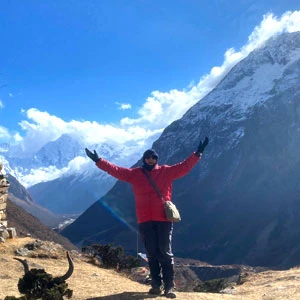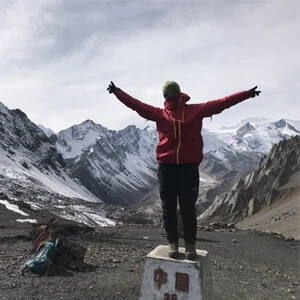Annapurna Circuit Trek Overview
Nepal Trekking Experts feels proud to introduce you to one of the major fascinating trekking routes in Nepal, Annapurna. Annapurna Circuit Trek is located in the western part of Nepal. This trek has been considered one of the world’s greatest treks. Like all great journeys, the trek reveals itself gradually climbing through subtropical scenery to a Tibetan-influenced valley and over the High Thorong La to the Kaligandaki valley, a desert-like Trans-Himalayan region that was once a vital trade corridor to Tibet. The side trips that line the circuit rank among Nepal’s most spectacular, so this one of the treks is not too rushed. Trekkers need two different permits to trek the Annapurna region such as TIMS Card and Annapurna conservation area permits. Nepal Trekking Experts will provide you with information and organize hassle-free trips.
The mountain views are flawless the variety of scenery is hard to match and the villages and monasteries you pass offer an exotic slice of Nepali, Tibetan, and Trans-Himalayan culture. It will offer such massive waterfalls and excellent meals and accommodation whenever you need it. If you have enough time, Annapurna Round Trek offers to combine various sorts of trekking routes such as Nar Phu, Annapurna Circuit Trek with Tilicho Lake, Mesokanto La 5120m, Thorong La 5416m, Short Annapurna Base Camp Trek, Ghorepani, Annapurna Base Camp, etc. You never get such an opportunity in another trek. You will have another great chance to explore the deepest gorge of the world Dana Gorge comparing two eight thousand peaks Dhaulagiri (8167m) and Annapurna first (8091m).
Likewise, you may prefer the less advertised and less explored trekking routes, such as the Manaslu Circuit Trek, Nar Phu Valley Trek, or the Upper Mustang Trek. According to your duration of vacation and interest in Nepal, Trekking Experts designs perfect holidays to make them exceptional. Please do not hesitate to discuss with our experts for more details.
Annapurna High Pass Trek Difficulty
The Annapurna High Pass Trek is considered moderately challenging, making it an excellent choice for trekkers with some experience or physically fit beginners. The trek involves ascending to an altitude of 4,130 meters (13,550 feet), which requires good endurance and acclimatization. Furthermore, the trails of the Annapurna Round Trek vary from well-paved paths to rocky, uneven terrains, with numerous stone staircases that can be physically demanding, especially on the knees and thighs. On a similar note, long hours of walking, averaging 6-7 hours per day, combined with frequent ascents and descents, add to the physical demands of the trek.
On the other hand, do not forget the unpredictable weather conditions in the Himalayas, especially as you near the Thorong La Pass.
Best Time To Trek Around Annapurna
For perfect weather, dry trails, blooming landscapes, and clarity in view, Spring (March to May) and Autumn (September to November) are the ideal seasons to trek around Annapurna. During Spring, the trails come alive with vibrant colors, fresh blooms, and the awakening of wildlife. The weather is mild and the higher you ascend, the daytime temperatures remain pleasant, and the skies are usually clear, offering stunning, unobstructed views of the Annapurna and Dhaulagiri ranges. Similarly, during Autumn, the weather is generally stable, with mild temperatures during the day and cooler evenings at higher elevations. This calls for a more enjoyable journey with crisp and fresh air all along, as you make your way through the terraced fields and forests of rhododendron, pine, and oak, with the majestic Annapurna and Dhaulagiri ranges towering in the background.
Annapurna Round Trekking Permits:
When trekking with Nepal Trekking Experts, the permit fees are included in your package. Your experienced guide will obtain all required permits on your behalf with your passport. To enter the Annapurna region, you will require two permits, which can both be obtained in Kathmandu or Pokhara before commencing your trek.
- The TIMS (Trekkers Information Management System) Card costs 2000 Nepali rupees, and as per the latest rule, it will be obtained through the trekking agencies only.
- The Annapurna Conservation Area Permit (ACAP), which costs 3000 Nepali rupees, is available through the Nepal Tourism Board, Bhirkutimandap Kathmandu, or Pokhara.
Booking And Payment With Nepal Trekking Experts
To book your trek with us, you have to send a deposit of 10% of the total cost of the trek. Please also forward a copy of your passport, a passport-sized photo, and full flight details if and when available. For your convenience, you may also forward the deposit to us online through our website. It is completely safe, and as soon as you make it, you will get an automatic receipt in your inbox. The rest of the payment can be paid upon arrival.
If you have any questions, do not hesitate to contact us anytime. We are always ready to assist.




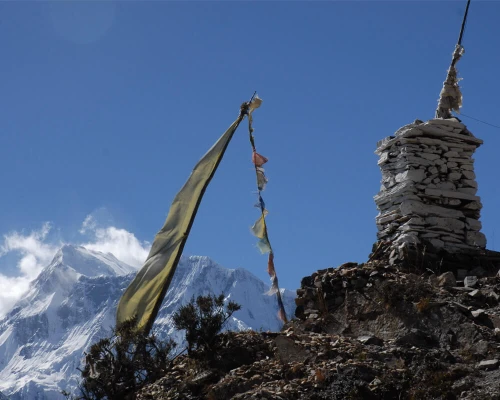
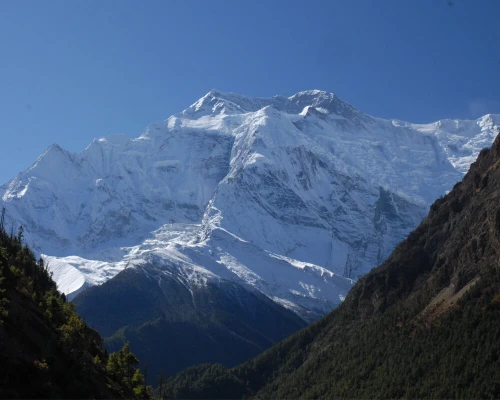

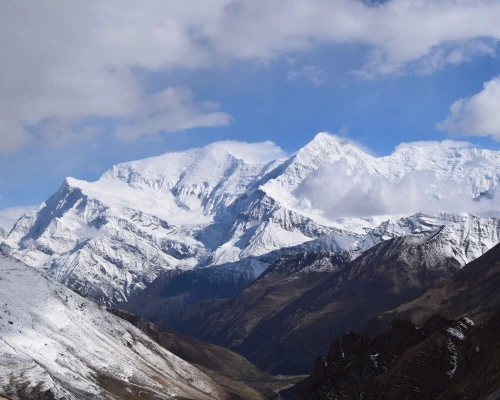

 based on 2 reviews
based on 2 reviews
.webp)



